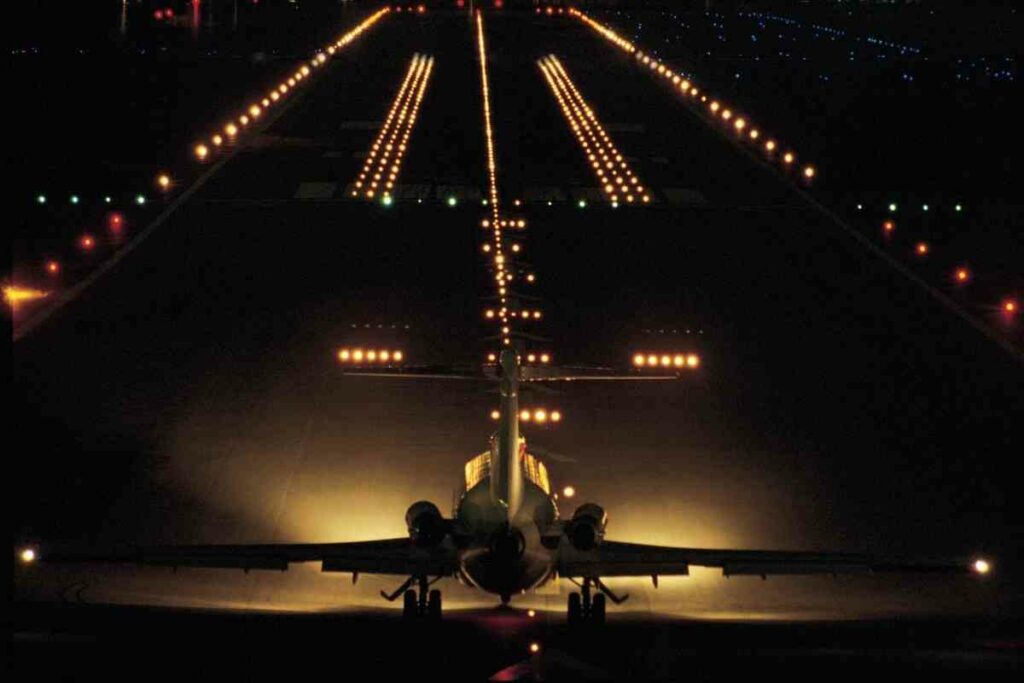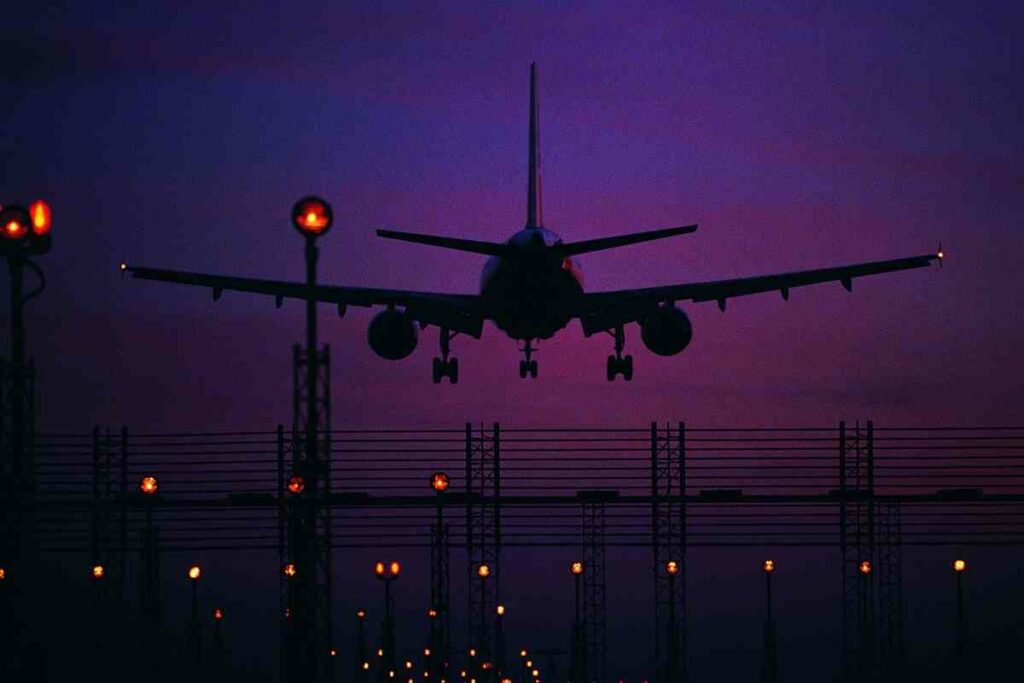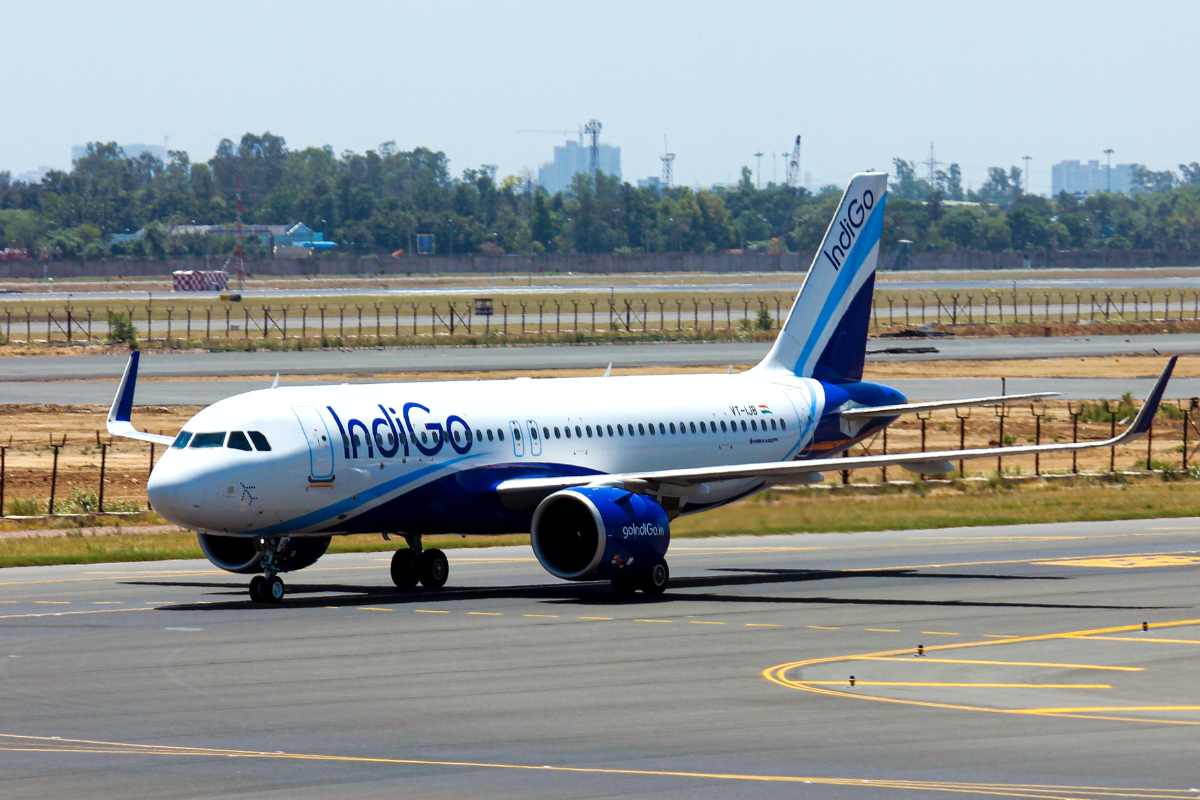Traveling by plane, you’ll notice that all airports are assigned a three-letter code.
These codes determine the airport and can be seen on baggage tags and check-in desks.
In Canada, the airport codes contain the letter ‘Y’, but why?
Why Do We Have Airport Codes And Where Did They Come From?
Before we start talking about why Canadian airports use the letter ‘Y’, I want to just touch on why we have these airport codes in the first place.
While airports do have two different codes, the ones we are talking about today are those given by the IATA or the International Air Transport Association.

These codes are made up of three letters and they’re seen all over the place including on:
- your booking reservation email
- your flight tickets
- your baggage label
- and many other places around the airport
The idea of giving codes to airports began back in the 30s when airlines would make their own codes to differentiate between airports.
However, by the end of the 40s, there were so many airports that a more ‘set in stone’ system needed to be implemented.
This is when the three-letter codes we see today were invented. In a lot of cases, they just expanded on the current two-letter code.
For example, what is today known as LAX used to simply be known as LA.
Today – These IATA codes are super important within the travel industry. Without them, it would be impossible to identify airports, airlines, destinations, and things like documentation.
Moreover, these codes ensure that all of the air travel systems and electronic applications run effortlessly and smoothly.
But how are these codes handed out?
Well, each code has to be 100% original; it cannot be the same as another airport.

The codes may be given according to things like the city in which the airport serves or the name of the airport itself. However, this is something I’ll talk about in more detail later on.
One thing you have to remember is that every code is unique.
Some travel fanatics will challenge themselves to learn all of the IATA codes by heart, even for some of the lesser-known airports.
And that’s something else that’s interesting; every registered airport has a code, no matter how big or small it may be.
Why Do Airports In Canada Use The Letter Y?
Understanding that every airport has a code that is often based on the place name or airport name would have you think that anything in Canada wouldn’t include the letter ‘Y’.
Yet most Canadian airports have a Y at the beginning of their code, so why is this?

Well apparently, back in the 30s, air travel officials needed to know if the airport had a radio or weather station on the premises.
This was to ensure safer landings. Rather than writing out the entire word, they would shorten it to ‘Y’ if there was a station and ‘W’ if there wasn’t.
When the two-letter codes were scraped for three letters, pretty much all of the airports in Canada had a ‘Y’ at the beginning and this was merely built upon by adding a third letter.
However, there are a handful of Canadian airports whose code starts with a ‘Z.’
What’s The Norm For Airport Codes?
When we look at IATA codes, it would seem that most airports around the world follow the same pattern.
With Canada, it really is something of an anomaly. If there’s one thing you can’t say, it’s that they’re not unique.
In Most Cases – The airport code will relate to the city in which the airport is located.
For example, in the United Kingdom, London airports begin with an L; there’s LHR (Heathrow) and LGW (Gatwick.)
Looking at the codes, it makes a lot of sense.

Look at other airports around the world and we see many of the same patterns based on location.
NRT and HND are airports in the Japanese capital of Tokyo, respectively called Narita Airport and Haneda Airport. Over in Kuwait, the international airport has the code KWI, again this makes a lot of sense.
However, there may be times when the airport code is related to the name of the airport.
Some airports are simply named after the city they are built in whereas others have a different name.
A great example of this is Charles de Gaulle in Paris whose code is CDG.
In New York, one of the most famous airports in the world, John F Kennedy airport, uses the code JFK and in Moscow, the Sheremetyevo International airport uses the code SVO.
Final Thoughts
No matter which airport you travel to, you’ll notice that it has a code and this is used to determine airports from one another.
However, while most airports use their local city or special name for their code, in Canada, things are a little different.
The codes always start with a Y and this dates back to the 30s when Y stood for yes, there is a radio station at the airport.
This has since stuck and that’s why Canadian airports start with a ‘Y.’









